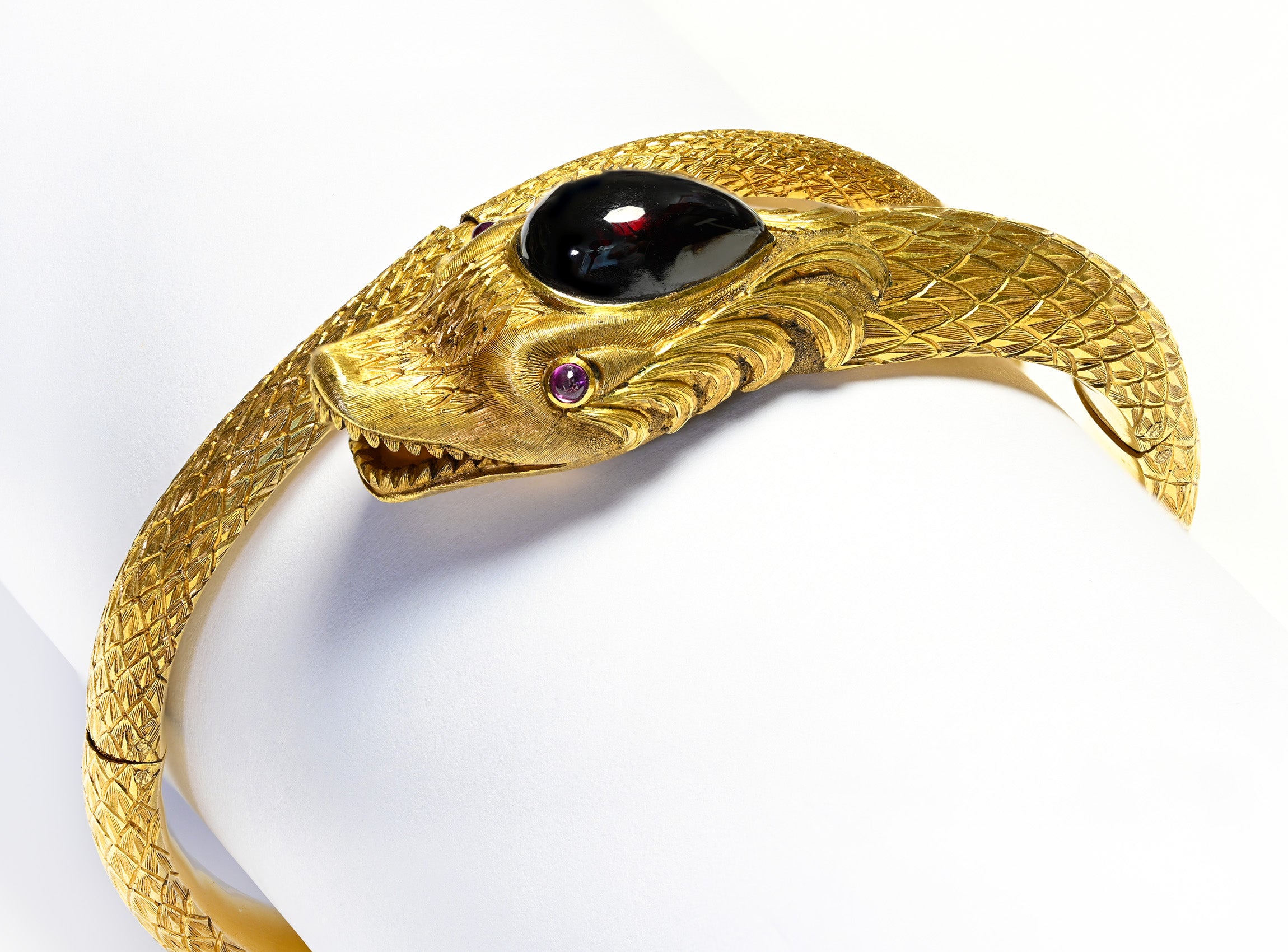
A 10-Second Test May Reveal Which People Are Twice As Likely To Die In The Next 10 Years
A 10-second test may reveal something shocking: Those who will fail are found to be almost twice as likely to die in the next ten years.
Unexpected information has been discovered by a group of experts from the UK, US, Australia, Finland, and Brazil who recently published a study in the British Journal of Sports.
Researchers believe everyone can benefit from taking a health test that involves balancing on one foot, but middle-aged and older persons in particular.
According to scientists, those who can't balance themselves for 10 seconds on one leg are twice as likely to pass away in the next ten years. Of course, this is not 100 percent certain, but the results of the study are worth exploring further.
The Simple 10-second Test That Reveals So Much
If you're having trouble standing on one foot, that would be a more serious sign than summer parties paired with drinks, according to The Guardian.
How well a person can balance themselves can provide important insight into the body's health. Now researchers have completed a 12-year study, the first of its kind, examining the relationship between balance and mortality.
Dementia is caused by a vitamin deficiency, but there is a simple thing you can do to stay healthy.
Despite the fact that the research was observational and unable to identify the cause, its conclusions were startling. For middle-aged and older individuals, the probability of dying within the following 10 years is correlated with the difficulty to balance for 10 seconds on one leg.

An inability to stand on one leg for 10 seconds in middle to later life is linked to a near doubling in the risk of death from any cause within the next 10 years.
Researchers Suggest Incorporating The Balance Test Into Regular Health Examinations
The conclusions are so comprehensive that experts, under the direction of Dr. Claudio Gil Araujo of the Clinimex Medical Clinic in Rio de Janeiro, Brazil, recommend that a balance test be incorporated into regular health examinations for seniors.
Balance tends to be maintained until the sixth decade of life, when it starts to diminish pretty quickly, unlike aerobic fitness, muscular strength, and flexibility activities.
The study followed 1,702 people aged 51 to 75 between 2008 and 2020. At first, participants were asked to stand on one leg for 10 seconds without any additional support.
Test failure rates were one in five (21%). Over the next decade, 123 of the participants died from various causes. After accounting for age, gender, and underlying conditions, the inability to stand on one leg for 10 seconds was associated with an 84% increased risk of death from any cause.
Experts admitted that the study had certain limitations, including that the participants were all white Brazilians, which means the findings may not be more widely applicable to other ethnicities and nations.
Nevertheless, the researchers came to the conclusion that the 10-second balance test "provides rapid and objective feedback for the patient and health professionals regarding static balance" and "adds useful information regarding mortality risk in middle-aged and older men and women".
Unexpected information has been discovered by a group of experts from the UK, US, Australia, Finland, and Brazil who recently published a study in the British Journal of Sports.
Researchers believe everyone can benefit from taking a health test that involves balancing on one foot, but middle-aged and older persons in particular.
According to scientists, those who can't balance themselves for 10 seconds on one leg are twice as likely to pass away in the next ten years. Of course, this is not 100 percent certain, but the results of the study are worth exploring further.
The Simple 10-second Test That Reveals So Much
If you're having trouble standing on one foot, that would be a more serious sign than summer parties paired with drinks, according to The Guardian.
How well a person can balance themselves can provide important insight into the body's health. Now researchers have completed a 12-year study, the first of its kind, examining the relationship between balance and mortality.
Dementia is caused by a vitamin deficiency, but there is a simple thing you can do to stay healthy.
Despite the fact that the research was observational and unable to identify the cause, its conclusions were startling. For middle-aged and older individuals, the probability of dying within the following 10 years is correlated with the difficulty to balance for 10 seconds on one leg.

An inability to stand on one leg for 10 seconds in middle to later life is linked to a near doubling in the risk of death from any cause within the next 10 years.
Researchers Suggest Incorporating The Balance Test Into Regular Health Examinations
The conclusions are so comprehensive that experts, under the direction of Dr. Claudio Gil Araujo of the Clinimex Medical Clinic in Rio de Janeiro, Brazil, recommend that a balance test be incorporated into regular health examinations for seniors.
Balance tends to be maintained until the sixth decade of life, when it starts to diminish pretty quickly, unlike aerobic fitness, muscular strength, and flexibility activities.
The study followed 1,702 people aged 51 to 75 between 2008 and 2020. At first, participants were asked to stand on one leg for 10 seconds without any additional support.
Test failure rates were one in five (21%). Over the next decade, 123 of the participants died from various causes. After accounting for age, gender, and underlying conditions, the inability to stand on one leg for 10 seconds was associated with an 84% increased risk of death from any cause.
Experts admitted that the study had certain limitations, including that the participants were all white Brazilians, which means the findings may not be more widely applicable to other ethnicities and nations.
Nevertheless, the researchers came to the conclusion that the 10-second balance test "provides rapid and objective feedback for the patient and health professionals regarding static balance" and "adds useful information regarding mortality risk in middle-aged and older men and women".


















